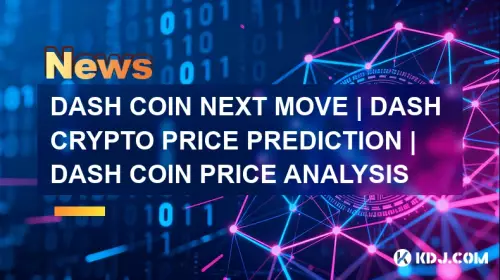-
 bitcoin
bitcoin $107015.826941 USD
-2.18% -
 ethereum
ethereum $3637.352324 USD
-5.18% -
 tether
tether $0.999831 USD
-0.02% -
 xrp
xrp $2.338078 USD
-6.23% -
 bnb
bnb $998.272150 USD
-6.97% -
 solana
solana $167.598257 USD
-10.12% -
 usd-coin
usd-coin $0.999863 USD
0.01% -
 tron
tron $0.282573 USD
-5.09% -
 dogecoin
dogecoin $0.169891 USD
-7.39% -
 cardano
cardano $0.557554 USD
-7.03% -
 hyperliquid
hyperliquid $39.914802 USD
-5.85% -
 chainlink
chainlink $15.414549 USD
-9.97% -
 bitcoin-cash
bitcoin-cash $510.361911 USD
-4.26% -
 ethena-usde
ethena-usde $0.999194 USD
-0.03% -
 stellar
stellar $0.282092 USD
-6.07%
Why are Coinbase Wallet fees so high?
Coinbase Wallet fees are driven by blockchain congestion and transaction complexity, not Coinbase itself—using Layer 2 networks or off-peak times can significantly reduce costs.
Oct 29, 2025 at 08:18 pm
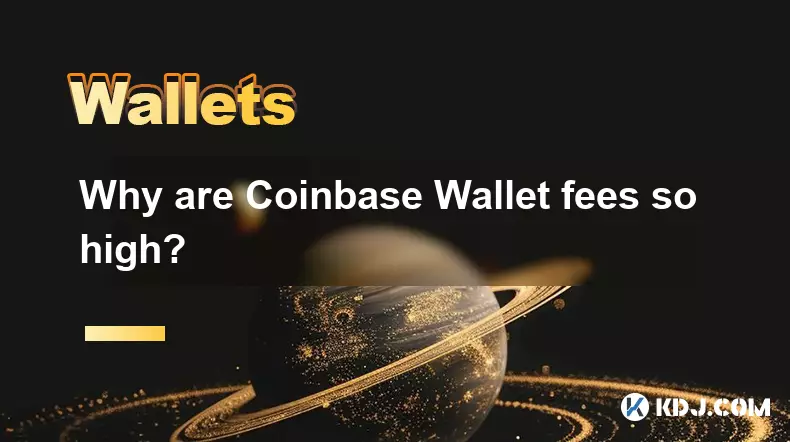
Understanding the Structure of Coinbase Wallet Fees
1. Coinbase Wallet operates as a non-custodial wallet, meaning users control their private keys and interact directly with blockchain networks. However, when executing transactions such as sending tokens or interacting with decentralized applications (dApps), users must pay network fees—commonly referred to as gas fees. These fees are not set by Coinbase but are determined by the underlying blockchain, primarily Ethereum in most cases.
2. The Ethereum network uses an auction-based system where users bid for block space. During periods of high congestion, demand for transaction processing increases, causing gas prices to spike. Since Coinbase Wallet displays these real-time gas rates to ensure timely confirmations, users often see elevated fees during peak usage hours.
3. While Coinbase provides fee estimation tools, it does not profit from these charges. The displayed fee is passed directly to miners or validators who secure the network. Users can sometimes adjust the fee settings manually, opting for lower priority transactions that cost less but may take longer to confirm.
4. Other blockchains supported by Coinbase Wallet, such as Polygon or Arbitrum, generally offer lower fees due to their scalability solutions. However, when assets are native to Ethereum or require Ethereum for smart contract execution, users cannot avoid its fee structure.
Factors Influencing High Transaction Costs
1. Network congestion plays a major role in driving up fees. When decentralized exchanges, NFT mints, or yield farming events attract large user volumes, the limited block space on Ethereum becomes competitive. This competition forces gas prices upward, directly affecting the cost seen in Coinbase Wallet.
2. The complexity of a transaction also impacts the fee. Simple token transfers require less computational power than interactions with smart contracts, such as approving token spending or participating in liquidity pools. More complex operations consume more gas units, leading to higher total costs.
3. Timing significantly influences pricing. Transactions initiated during U.S. business hours or during major crypto events often face higher fees due to overlapping global activity. Off-peak times typically offer cheaper rates, though this requires flexibility from the user.
4. Coinbase Wallet’s default settings prioritize speed over cost-efficiency. By suggesting 'high' or 'medium' gas tiers, the platform ensures transactions are processed quickly. While beneficial for time-sensitive actions, this approach results in higher expenses compared to custom low-fee configurations.
Comparing Alternatives and Mitigation Strategies
1. Users can reduce fees by switching to Layer 2 networks like Optimism or Base, both integrated into Coinbase Wallet. These chains inherit Ethereum’s security while processing transactions off-chain, drastically lowering costs. Moving stablecoins or engaging with dApps on these networks often cuts fees by over 90%.
2. Adjusting gas settings within the wallet allows manual control over fees. By selecting a lower GWEI rate, users can submit transactions at reduced costs. However, this carries the risk of delays if the network remains congested.
3. Scheduling non-urgent transactions during weekends or late-night hours can yield significant savings. Tools like Etherscan’s gas tracker help identify optimal windows for low-cost activity.
4. Utilizing wrapped or bridged versions of assets on alternative blockchains avoids Ethereum’s mainnet entirely. For example, using USDC on Polygon instead of Ethereum eliminates exposure to high base layer fees.
High fees in Coinbase Wallet are largely a reflection of external blockchain dynamics rather than internal pricing policies. User behavior, network conditions, and transaction types collectively shape the final cost.Frequently Asked Questions
Does Coinbase take a cut of the transaction fees?No, Coinbase does not profit from network fees. The fees paid during transactions go directly to the blockchain’s validators or miners. Coinbase only displays estimated costs based on current network conditions.
Can I use Coinbase Wallet without paying high Ethereum fees?Yes, by leveraging Layer 2 solutions such as Arbitrum, Optimism, or Polygon, users can perform transactions at a fraction of Ethereum’s mainnet cost. These networks are fully compatible with Coinbase Wallet and support many popular tokens and dApps.
Why does my simple token transfer cost more than expected?Even basic transfers incur gas fees based on network demand. Additionally, some tokens require preliminary approval steps (like ERC-20 allowances), which count as separate transactions and double the effective fee.
Is there a way to predict when fees will be lower?Real-time gas tracking platforms like GasNow, EthGasStation, or the built-in tools on Etherscan provide live data and historical trends. Monitoring these can help identify lulls in network activity when fees are typically lower.
Disclaimer:info@kdj.com
The information provided is not trading advice. kdj.com does not assume any responsibility for any investments made based on the information provided in this article. Cryptocurrencies are highly volatile and it is highly recommended that you invest with caution after thorough research!
If you believe that the content used on this website infringes your copyright, please contact us immediately (info@kdj.com) and we will delete it promptly.
- Ripple Competitor Alert: Is Remittix the Next Top 10 Crypto Challenger to XRP?
- 2025-11-04 20:10:02
- MEXC, USDf, and Trading Volume: A Deep Dive into Recent Developments
- 2025-11-04 19:15:01
- Meme Coins and Market Dynamics: Navigating the Crypto Landscape in Late 2025
- 2025-11-04 20:10:02
- Bitcoin, Crypto, and EcoYield Bonus: Is This the Smartest Play Now?
- 2025-11-04 19:15:12
- Cardano (ADA) and Altcoin Growth: Navigating the Landscape
- 2025-11-04 19:15:12
- Solana ETF, Institutional Battle, and Western Union: A New Era for Crypto?
- 2025-11-04 20:10:01
Related knowledge

Reviewing Smart Contract Permissions: A Critical Security Step
Nov 01,2025 at 04:55pm
Understanding Decentralized Exchanges in the Crypto Ecosystem1. Decentralized exchanges (DEXs) have reshaped how traders interact with digital assets ...
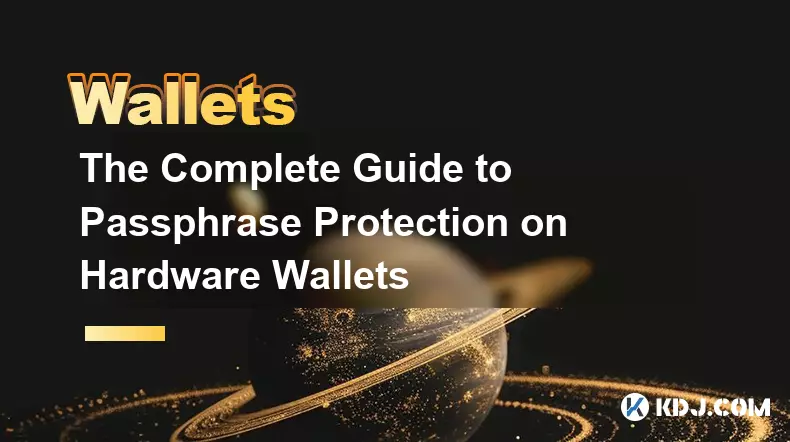
The Complete Guide to Passphrase Protection on Hardware Wallets
Nov 03,2025 at 10:37am
Understanding Passphrases in Hardware Wallets1. A passphrase, often referred to as a 25th word, adds an additional layer of security beyond the standa...
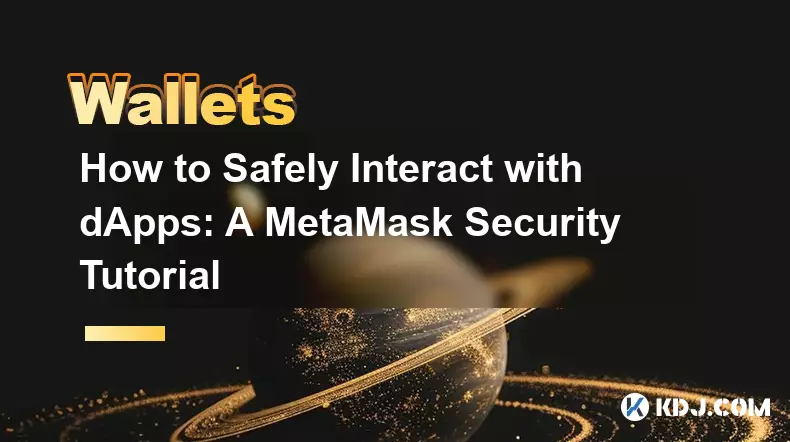
How to Safely Interact with dApps: A MetaMask Security Tutorial
Nov 04,2025 at 02:54am
Understanding dApp Interaction Risks1. Decentralized applications (dApps) operate on blockchain networks, enabling users to trade tokens, lend assets,...

Software Wallet Security Vulnerabilities You Need to Know
Nov 01,2025 at 11:37am
Common Exploits Targeting Software Wallets1. Phishing attacks remain one of the most widespread threats to software wallet users. Cybercriminals desig...
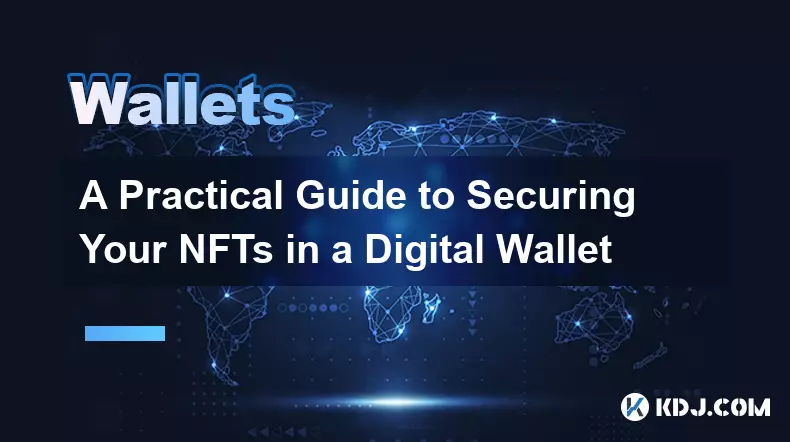
A Practical Guide to Securing Your NFTs in a Digital Wallet
Nov 03,2025 at 04:55am
Understanding NFT Wallet Security Fundamentals1. NFTs, or non-fungible tokens, exist on blockchain networks such as Ethereum, Solana, and Polygon, mak...
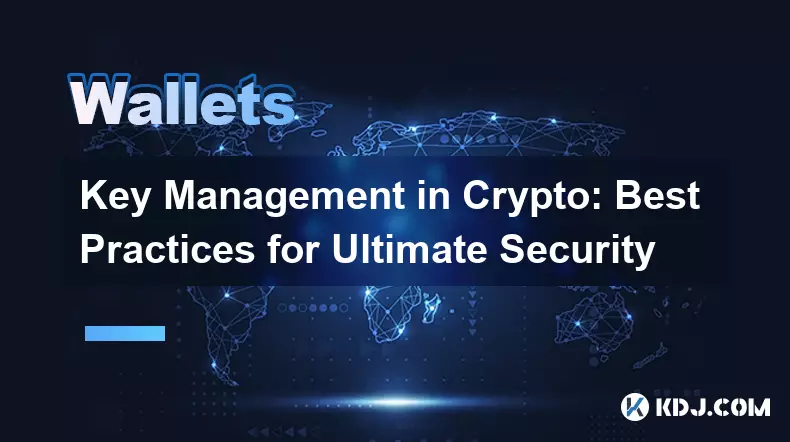
Key Management in Crypto: Best Practices for Ultimate Security
Nov 04,2025 at 05:18am
Understanding the Importance of Key Management in Cryptocurrency1. In the world of cryptocurrency, private keys serve as the ultimate proof of ownersh...

Reviewing Smart Contract Permissions: A Critical Security Step
Nov 01,2025 at 04:55pm
Understanding Decentralized Exchanges in the Crypto Ecosystem1. Decentralized exchanges (DEXs) have reshaped how traders interact with digital assets ...

The Complete Guide to Passphrase Protection on Hardware Wallets
Nov 03,2025 at 10:37am
Understanding Passphrases in Hardware Wallets1. A passphrase, often referred to as a 25th word, adds an additional layer of security beyond the standa...

How to Safely Interact with dApps: A MetaMask Security Tutorial
Nov 04,2025 at 02:54am
Understanding dApp Interaction Risks1. Decentralized applications (dApps) operate on blockchain networks, enabling users to trade tokens, lend assets,...

Software Wallet Security Vulnerabilities You Need to Know
Nov 01,2025 at 11:37am
Common Exploits Targeting Software Wallets1. Phishing attacks remain one of the most widespread threats to software wallet users. Cybercriminals desig...

A Practical Guide to Securing Your NFTs in a Digital Wallet
Nov 03,2025 at 04:55am
Understanding NFT Wallet Security Fundamentals1. NFTs, or non-fungible tokens, exist on blockchain networks such as Ethereum, Solana, and Polygon, mak...

Key Management in Crypto: Best Practices for Ultimate Security
Nov 04,2025 at 05:18am
Understanding the Importance of Key Management in Cryptocurrency1. In the world of cryptocurrency, private keys serve as the ultimate proof of ownersh...
See all articles





















